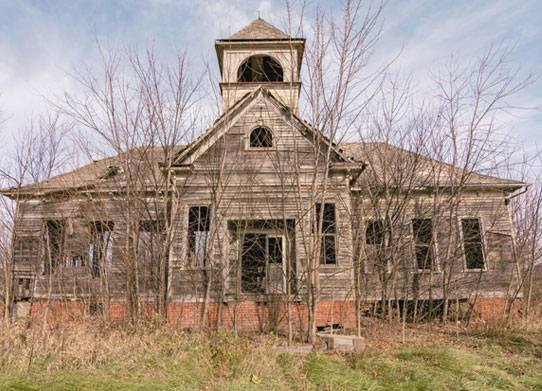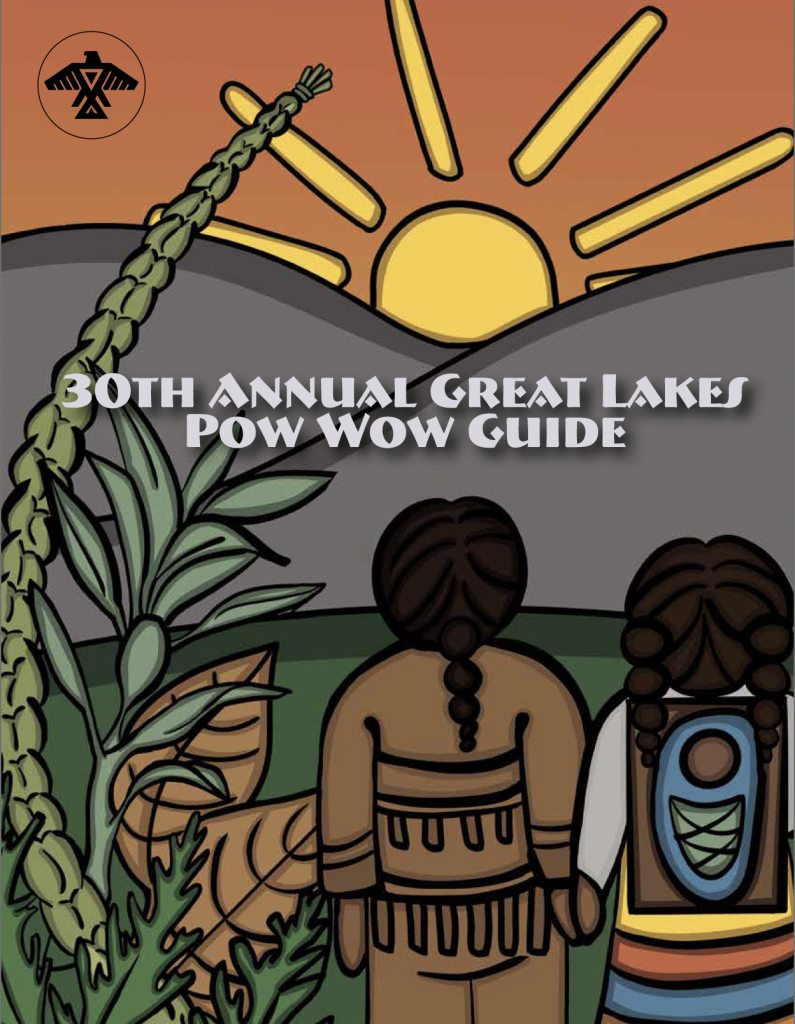
Indian Residential, Day, and Industrial Schools
History of the Indian Residential School System in Canada
Our Creation Story tells us how we came to occupy and thrive on Turtle Island. For thousands of years, our culture and knowledge have helped us to flourish and adapt to ever-changing circumstances. We lived in a vibrant society based on the enduring strengths of our culture.
The biggest test of our society began when visitors from another continent arrived under the guise of friendship. Alliances and rivalries were formed with the various newcomers. Soon, missionaries arrived on our lands with the intent of saving our souls – they were trying to save us from ourselves.

Monument Unveiling and Commemoration
NIPISSING FIRST NATION— On March 25, 2013, the Anishinabek Nation held a commemoration event at
the Head Office located in Nipissing First Nation.
At the commemoration event, the unveiling of the honouring monument for all Anishinabek students who attended Indian Residential Schools was held. At the same time, the launching of the numerous resources that were developed to foster healing and promote education about the legacy of the Indian Residential School system was introduced.
The unveiling ceremony was an overall success with over 100 Anishinabek Nation citizens including
Survivors and their families in attendance, and a move in the right
Survivors Stories
The following stories are told from the perspective of Indian Residential School Survivors.

Rita Fenton
Fort William First Nation
!…This all stems from our history of the Indian Residential Schools, intergenerational trauma… that’s the
disconnection from our families……..”

Chantal Larocque
Anishinabek Police Service
“…For reconciliation… its always building those relationships and being acceptive of whoever you are…”

Jeff Stewart
Nipissing First Nation
“…The Creator, spirit, or something is telling me…hey, you’re doing what you’re meant to do…’
Resources and Learning
Check out our Education Resources to see the many resources that can be ordered right through the Anishinabek Nation!
-

Education Resources
This page contains a variety of resources,for all ages and learning levels.
-

Truth and Reconciliation
This page contains a variety of resources for all ages and learning levels.
-

Our Story, Our History
This page contains a variety of resources for all ages and learning levels.
-

Health Resources
This page contains a variety of resources for all ages and learning levels.
-

Trauma
This page contains a variety of resources for all ages and learning levels.
-

Healing
This page contains a variety of resources for all ages and learning levels.

Mental Wellness Resources
This section will provide a list of accessible mental wellness resources. This list will continue to expand as more become accessible and available.
Free mental wellness, trauma, and crisis support is available 24/7 to any citizen of the 39 Anishinabek Nation member First Nations.
What is Trauma and Resilience?
This page contains information on the impacts of the Indian Residential School system to the Survivors, their families, and communities. It is adapted from the booklet, The Soul Wounds of the Anishinabek People: The Psychological and Intergenerational Impacts of the Indian Residential School System, by Dr. Brenda Restoule. C.Psych.

Healing
Accessing National Centre for Truth and Reconciliation (NCTR) Records for Survivors and Intergenerational Survivors
What is the NCTR?
The National Centre for Truth and Reconciliation (NCTR) was created to preserve the memory and
legacy of Canada’s Indian Residential School system.
The most important service they provide is delivering Survivors and their families a record of
their own history, a sacred bundle that the NCTR will protect and preserve forever for the benefit of all Canadians. These archives are the spiritual core of the NCTR.
Legal
This section includes general information about legal resources that may be available for Indian Residential School
Survivors and their families when considering their options under the Indian Residential School Settlement Agreement
(IRSSA). This information is not legal advice and should not be used as such.
-

Legal Resources
-

The Healing Journey
-

Past & Present Settlement
-

Terminology and FAQ
Subscribe to Receive News & Updates
Indian Residential, Day, and Industrial Schools
If you are a survivor, family member of a survivor or would like to receive news, updates and important calendar dates please fill out the form and submit your email. We will send out news periodically.




